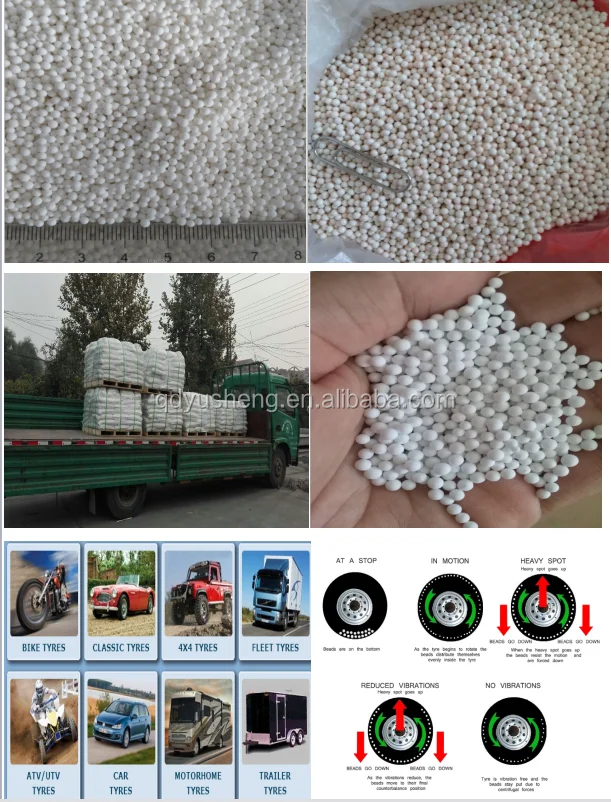How It work
At a speed of 60 miles per hour the tire revolutions per mile would be an average of 550 revolutions per minute. As a result of centrifugal force, the 6 oz. out of balance, or what is commonly referred to as the "heavy spot", will multiply itself to 60 pounds. As the suspension of the vehicle only allows for vertical motion, the 60 pounds of centrifugal force will compress upwards and downwards on the suspension 550 times per minute, which can be reinterpreted as 1100 shock waves.
Vibration is maximized when the resonating combined force of the rebound and the out of balance centrifugal force are aligned and working with reflex frequency of the suspension in unison at highway speeds; this dribbling effect sufficiently multiplies up and down forces so as to result in the tire bouncing off the road surface. This also explains why vibration is felt only at certain speeds, and why it can be exaggerated or reduced after hitting a bump.
This effect can only be eliminated by altering speed (i.e. separating the out of balance and rebound force frequencies), or by balancing the tires and wheel assembly.
| Dynamic balance (Right of Centre) | Static balance | Dynamic balance (Left of Centre) |
This product is environmentally friendly and will not react to any known chemicals. These unique characteristics result in providing the best of both worlds, the mechanical fixed weight balancing of tires and the automatic adjustment of internal balancing agents.
Types of Problems Can Be Avoided Using Counteract Balancing Beads
| Diagonal Wear Localized flat spot worn diagonally across the tread, often repeating around tread circumference. Caused by runout and/or out of balance in conjunction with a slow rate of wear. Can develop from a brake skid, spot wear, shoulder wear, or other advanced wear conditions. | |
| Cupping/Scallop Wear Localized dished out areas of fast wear creating a scalloped appearance around tire. Appears around the tire on the shoulder ribs. May progress to adjoining ribs. Usually a result of moderate to severe assembly out of balance condition, improper rim/wheel mounting or other assembly non-uniformity. Can also be due to lack of shock absorber control on some suspension types. | |
| Erratic Depression Wear Random erratic wear around tire circumference. Lack of shock absorber control in some suspension types. Loose or worn wheel bearings, assembly non-uniformity such as improper bead seating and out-of-balance condition, aggravated by high speed empty hauls. |
Frequently Asked Question:
Will the product react to any known materials?
No, Counteract Balancing Beads will not react with any known metal or material.
Is the product affected by moisture?
No, Ambient moisture does not affect the product's performance once the product is loaded and used in the tire, because the relative humidity inside the tire decreases after the tire heats up during normal operation and use.
Does Counteract Clump?
No.
How do I remove the product from the tire?
Our product is easily removed simply by striking the tire with a tire iron several times along the tread. This will cause the material to fall to the bottom of the tire where it can be scooped or vacuumed out.
Do you need a valve filter to prevent the valve from clogging?
Valve clogging is not a common problem with our product. We remove all dust from the material after manufacturing, as dust is the cause of valve clogging. However, to reduce the possibility of a valve leak, we recommend the use of a long valve core and self sealing valve cap.
Can you balance a tire with Counteract on a tire balancer?
No. The Counteract Balancing Beads will only move to the balanced position through inertia which is generated by the out of balance condition and the up and down motion of the vehicle suspension while counteracting the out of balance condition.
The Counteract Balancing Beads will only move to the balanced position through inertia which is generated by the out of balance condition and the up and down motion of the vehicle suspension while counteracting the out of balance condition.
How is the product installed?
There are three different methods of installation of Counteract Balancing Beads. The simplest and most preferable is the method that uses the throw-in bag in bag packaging. This method involves simply throwing the inside bag into the tire while installing new tires. The air pressure in the tire will collapse and burst the bag, allowing the material to get to work quickly. An air blaster can be used to seat the tire with this method. The second method is to pour the material directly into the tire during installation. The third method is to remove the valve core, remove approximately half of the tire's air pressure, and inject the material directly into the valve with our injector pump. We provide detailed instructions on how to complete all of our installation methods.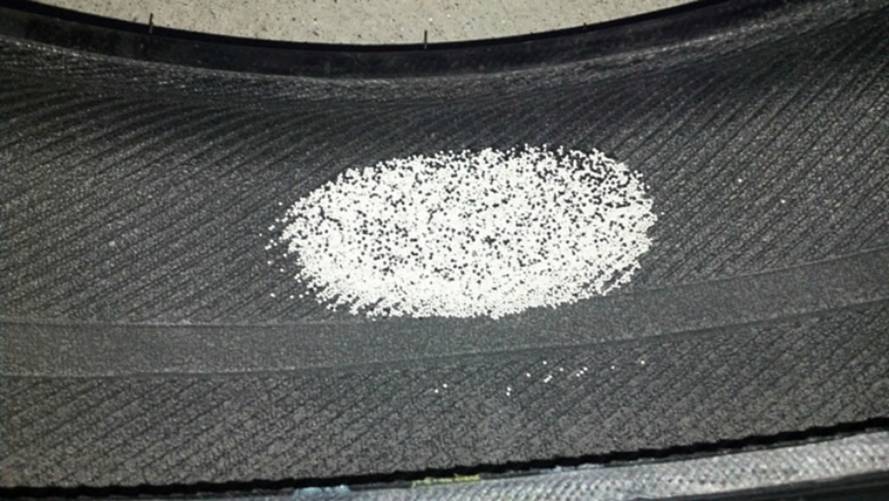
What about when rotating tires?
It is advisable when rotating tires that contain Counteract, to hit the tire on the tread area, with a hammer to free-up the microbeads for immediate readjustment to the new wheel assembly position. Counteract balances the complete wheel assembly and therefore, it has to readjust to the rotors, break drum and other wheel components.
Advantages over Lead Weight Machine Balancing
 Counteract is an internal balancing system and therefore is invisible.
Counteract is an internal balancing system and therefore is invisible.How Tpms Can Grow Your Tire Business (Part 2/3)
An Interview with Anthony Ableman, TIAA Certified Instructor, Director of Operations at All Tire Supply LLC, Houston,...
How Tpms Can Grow Your Tire Business (Part 1/3)
An Interview with Anthony Ableman, TIAA Certified Instructor, Director of Operations at All Tire Supply LLC, Houston,. ..
..
Robinair - Four simple steps to take to avoid costly refrigerant contamination in your shop
It’s not just DIY’ers and careless air-conditioning service providers that you need to watch out for when it comes to. ..
..
| Dyna Beads offers Tire Balancing without the machine Wheel weights have been around for many years, but are no longer the only solution for trucks, commercial vehicles, trailers, aircraft and motorcycles. The way we do this is by offering a Dynamic Balancing Solution, a high-density ceramic bead that, when easily installed, continuously balances your tires as you drive. The amount of material will distribute itself in weight and position dependent on the balance requirements of the individual tire. The result is a smooth, vibration-free ride, derived from our balancing media that is always repositioning itself as the tire wears. If you own a pickup truck, commercial truck, motorhome, RV, tractor trailer, motorcycle, or similar vehicle, and want to get rid of those wheel vibration and tire cupping problems, then you need to move up to Dyna Beads®! Patents pending Tractor Trailers and large RV's need Dyna Beads®! Dyna Beads were designed for commercial trucks and large RV's.
We have a special chart for the owners of large, aggressive-tread tires similar to those produced by Michelin, Continental, Interco, BFGoodrich, Mickey Thompson and Toyo, among others. Your unique and specialized-function tires and Dyna Beads make an ideal team!
You simply won't believe the ride...
Antique and Classic Car owners have discovered Dyna Beads®! Classic Car and Antique Automobile tires, whether tube or tubeless, need Dyna Beads®. This long era of automobiles and the styles of tires that were used back then lend themselves perfectly to using Dyna Beads for tire balancing. The period from the Model A to Classic Cars in the 80's covers a lot of territory with respect to tire sizes and styles. This is simply the most efficient internal tire balancing media you can buy ! We now offer three easy methods for installing Dyna Beads® Applicator Method Pour In EZ Open Bags® * The Applicator cannot be used on valve stems with TPMS unit attached. In that case, the Pour In method must be used. Here's some of the advantages to Dyna Beads®
Properly balanced tires run cooler, place less stress on suspension components, and can even increase fuel mileage. Patents pending You saw us here --View the step-by-step instructions Site Map Products FAQ Advice TireCharts Installation Fleet Nitrogen Links Pictures Testimonials Contact Privacy Motorcycles Dealers ValvePal Classic Comm Offroad Search |
How unnerving drivers are, the sudden vibration from the wheel. This can happen after hitting a hole, or in case of sticking to the inside of the disk: dirt, ice, bitumen. Now, car owners can avoid imbalance if they start using balancing balls. They are also called granules or beads for balancing. Thanks to the development of Western engineers at the turn of the 20th and 21st centuries, car enthusiasts around the world can visit tire shops less often.
Balancing pellets have a regular round shape design. The principle of operation of the balls is as follows, under the action of centrifugal force, the granules are distributed in places where the weight imbalance is greater. During the movement, the beads are affected by an electrostatic field, and under the influence of tribostatics, the granules seem to stick to the inner surface of the tire. The more balls in the rubber, the heavier their total mass, which makes it possible to eliminate even a strong imbalance of the wheel.
The principle of operation of the balls is as follows, under the action of centrifugal force, the granules are distributed in places where the weight imbalance is greater. During the movement, the beads are affected by an electrostatic field, and under the influence of tribostatics, the granules seem to stick to the inner surface of the tire. The more balls in the rubber, the heavier their total mass, which makes it possible to eliminate even a strong imbalance of the wheel.
The core of each granule is a component such as glass or ceramic. Outside, the core is covered with a shell of silicone material. The creators of automatic balancing were Canadian engineers from Counteract Balancing Beads Inc., from Ontario. It was they who obtained a patent for the invention in 1997. The developers presented the tire self-balancing technology based on glass microbeads. The granules had electrostatic features and a slippery silicone coating. Standard ball diameter 0.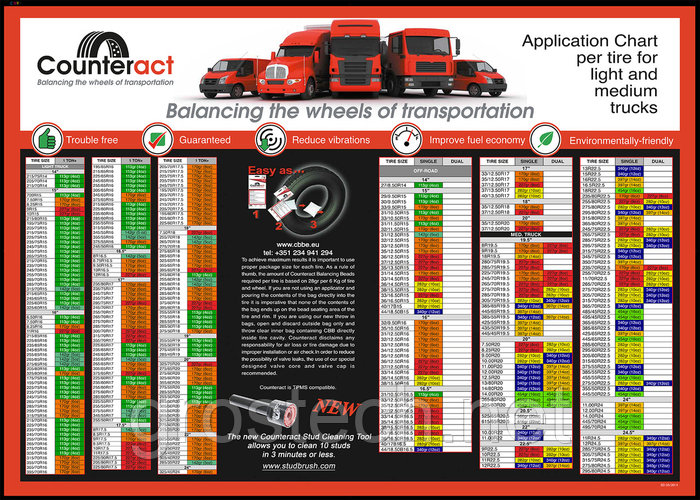 15-0.9mm. At present, the technology has not changed.
15-0.9mm. At present, the technology has not changed.
As the car moves, the beads rub against the inside of the tire, creating a tribostatic effect. The granules try to be evenly distributed over the inside of the tire. Beads accumulate in the place of greatest load and stick together. It remains in this position even after the vehicle has stopped. As a result, not only the rubber and the disc are balanced in motion, but the assembly that includes the brake disc with the hub. It will not work to balance the entire node on the machine. Therefore, granules, in this case, are much more effective.
In order to place the balancing balls in the wheel, the spool must be unscrewed. Through the pumping fitting, it is necessary to pour the powder from the granules into the wheel. Also, the beads can be placed in the tire when flanging. Refer to the user manual for the charge volume. Then, the spool is screwed into place and the wheel is inflated.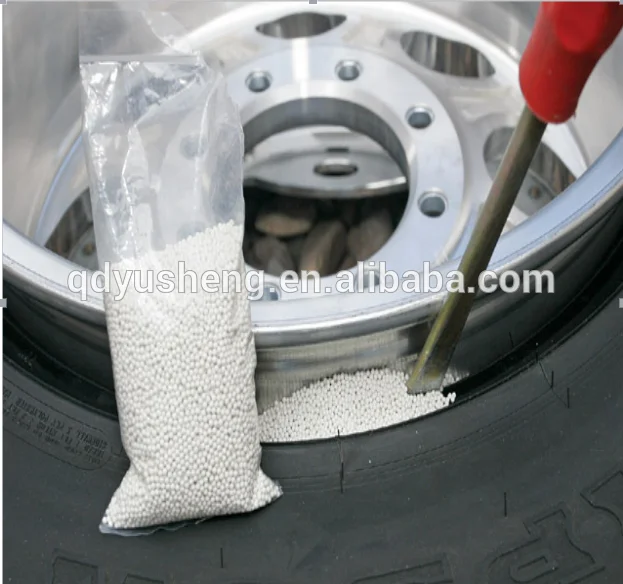
The benefits of bead balancing are undeniable. Thanks to a dynamic process, the balance of the wheel is constantly being adjusted. For example, if ice has stuck to the inside of the disc after washing, then the granules will correct the imbalance. As soon as the ice thaws, the balls will again correct the correct rotation of the wheel, changing their location. Pros of using a microbead:
Despite the positive effect of microbeads, there were also disadvantages in its use. However, the "fly in the ointment" is quite small. Firstly, the pellets are guaranteed to scatter when the wheel is unmounted. Collecting microbeads, in the presence of a waiting queue, is not very pleasant. Secondly, some of the balls will be lost when the tire breaks. But this already belongs to the category of rare situations. The main disadvantages of bead balancing:
But this already belongs to the category of rare situations. The main disadvantages of bead balancing:
The use of balancing pellets still brings more benefits than losses. Each car owner must decide for himself whether to use automatic balancing.
Canada is an industrial country. Its roads are criss-crossed by heavy vehicles. Therefore, automatic balancing was created primarily for trucks. That is, the development is addressed to large tires. But even after exceeding the speed limit of 110 km / h, the effect of the balancing granules disappears, this was noticed by the drivers of road trains. The effect of beads on passenger tires has not yet been fully explored.
The effect of beads on passenger tires has not yet been fully explored.
If you have a strong desire to purchase balancing balls, you should take into account the operating conditions. As it became clear from the materials of the article, bumpy roads and private use of expressways can reduce the effect of automatic balancing to zero. But if you are a truck owner, then this type of technological innovation will most likely be useful.
Author: Kirill Savchenko
The modern car owner does not particularly go into the wheel balancing process. He perceives it as a kind of obligatory procedure for seasonal change of shoes and does not even realize how important its quality is.
He perceives it as a kind of obligatory procedure for seasonal change of shoes and does not even realize how important its quality is.
In fact, the effects of the imbalance of a rotating body can be seen at home. Try tossing your sneakers into the washing machine and spinning it. The imbalance that appears in the drum will cause it to beat, and with an increase in speed, the washing machine will rumble and shake. Something similar happens with a car whose wheels are out of balance.
Suspension and wheel bearings, steering elements, even with an imbalance of 10-15 g, receive thousands of beats per minute with an amplitude of 0.1-0.3 mm. They may be imperceptible to the driver, but act like a concrete hammer. Inexorably destructive. In addition, the imbalance increases tire wear and makes it uneven.
Taking into account that the unbalance will be different on each of the wheels, then when driving at high speeds, the car becomes less stable. It is harder to manage, and on a slippery or wet road, the situation can completely get out of control.
So, imbalance appears when the center of mass of the wheel does not coincide with the axis of rotation. It would seem that this cannot happen on absolutely new tires or disks, because they are made in compliance with all technological requirements.
Yes, it is, but in any case, the tire does not come out perfect during the manufacturing process. Some of it may be a little thicker and heavier, some thinner and lighter. We are talking about millimeters and grams, which simply cannot be determined. After mounting on a disk, which is also not ideal due to the same technological reasons, a single structure is obtained that has a common center of mass. That is why the wheel is balanced as an assembly.
If it were a conditional thin disk, then the balancing would be only static. In this case, it is enough to balance the opposite centers of mass: the minimum and maximum. But a car wheel is wide, and therefore it needs dynamic balancing, on the outside and on the inside.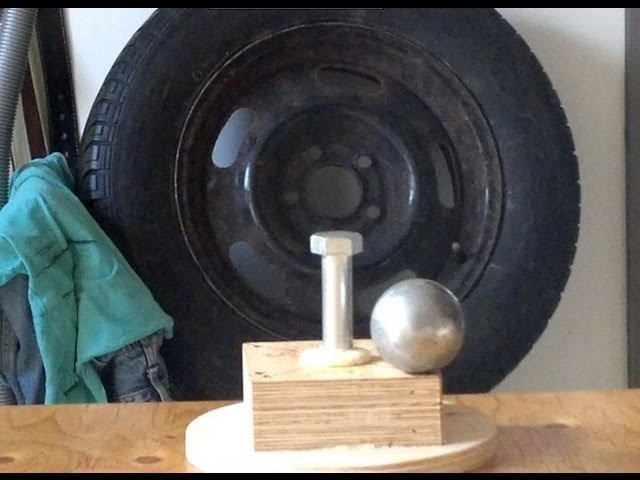
This is done with the help of special lead or zinc balancing weights weighing 5-60 g. On stamped discs they are fastened with steel clips-latches, on alloy wheels - with self-adhesive strips. It is impossible to correct the imbalance on your own. For this, special balancing machines are used.
They vary in design, from the simplest to those equipped with laser sensors. The latter allow you to determine not only the imbalance, but also the curvature of the disk or the violation of its geometry. In this case, the owner will be offered to repair the disc or may be denied balancing due to its impossibility.
But even the presence of such a machine in the tire shop will not give any guarantee that the wheels of your car will be balanced correctly. Firstly, the machine must be fixed on a solid, better concrete base and stand strictly horizontally.
Secondly, it is necessary to enter the correct data on the size of the tire and disk into its electronic unit, and the machine itself must not have wear in the rotating elements and be calibrated.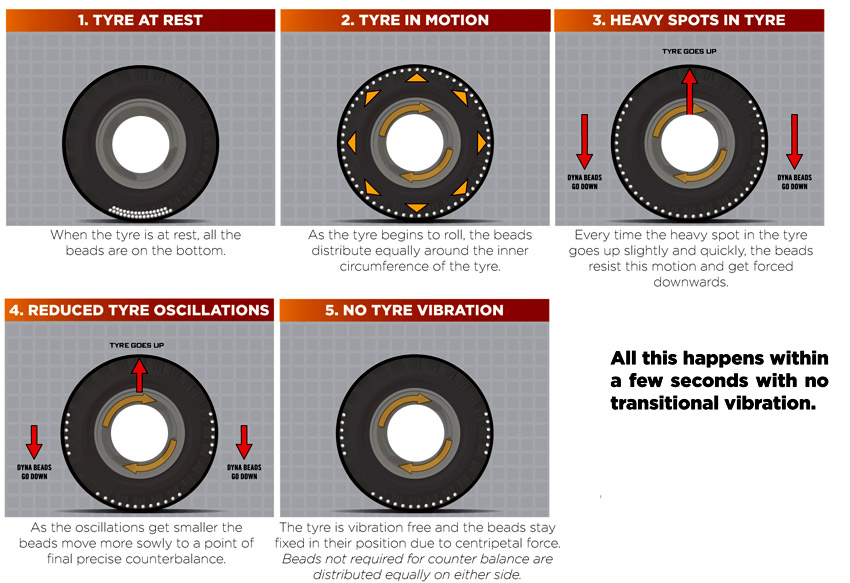 Finally, the master must have the appropriate qualifications and experience - as practice shows, 90% of success depends on this factor.
Finally, the master must have the appropriate qualifications and experience - as practice shows, 90% of success depends on this factor.
For example, if a wheel requires a significant amount of weight, he should know that turning the tire around the rim can reduce the imbalance and less weight will be needed. True, not everyone follows this rule, and here's why.
Changing the position of the tire relative to the rim in order to reduce the mass of weights required for balancing does not always lead to the desired result (the result is not known in advance!).
At the same time, labor costs for balancing and, as a result, its cost increase significantly. At the same time, a very large amount of cargo on the wheel may indicate a low qualification of the worker. On the other hand, automakers do not specify the maximum mass of weights used for balancing.
Ceteris paribus, the mass of weights required to compensate for unbalance will be minimal if they are installed at the maximum distance from the center of mass of the disk-tire system, i.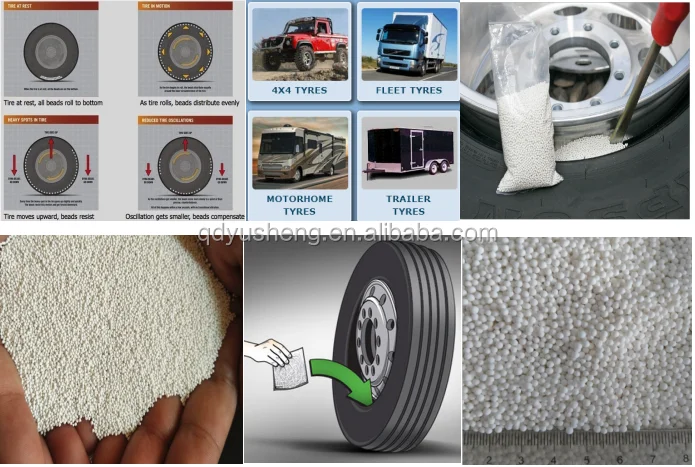 e. on the bead flanges.
e. on the bead flanges.
Installing weights closer to the center of mass of the "disc-tire" system (for example, in order not to spoil the appearance of the disk, an adhesive weight is placed on the inner surface of the rim) will inevitably lead to the need to increase their mass.
Also, the master must clean the tire from the smallest stones in the tread, and the wheel from adhering dirt. In case of deformation, be sure to inform the owner.
One of the most important things is mounting the wheel on the machine. In most cases, it is attached through the central hole of the disc. From the back, the wheel sits on a cone, and from the front it is fixed with a flange adapter and a clamping nut. This method increases the speed of the balancing process, but does not always provide perfect alignment.
Special Haweka adapters help improve this. Their essence is that the wheel is clamped on the machine through the holes for the wheel studs. At the same time, the probability of damaging the paintwork of the rim is minimal. In addition, the adapter imitates an almost exact fit of the wheel on the hub and even the required tightening torque. In this case, the balancing accuracy will be higher. Flange adapters are available for various bolt patterns and can be used on any balancing machine.
In addition, the adapter imitates an almost exact fit of the wheel on the hub and even the required tightening torque. In this case, the balancing accuracy will be higher. Flange adapters are available for various bolt patterns and can be used on any balancing machine.
After installing the weights of the desired mass in the places indicated by the machine, the verification procedure is carried out again. If necessary, weights are either added or removed, but their weight should not exceed 5 grams. The wheel is considered balanced if the readings on the instrument panel are zero.
So when and how often is wheel balancing necessary? As a rule, in the manuals for the operation of cars, balancing is recommended every 10-15 thousand kilometers. But this is provided that the wheels were not disassembled.
That is, if the same wheels are used during seasonal tire changes, balancing is required. It is also necessary if the car has driven several thousand kilometers on bad roads or there have been cases of a wheel falling into a hole.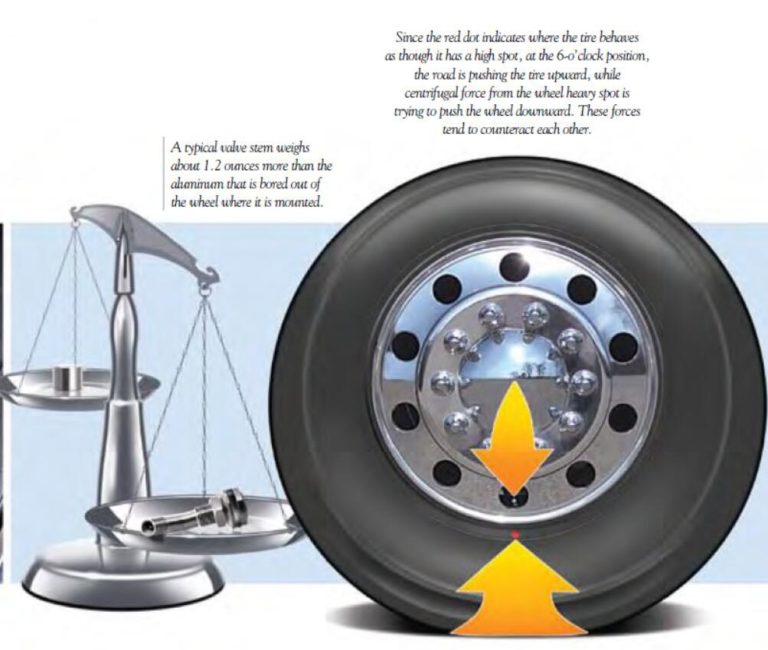 But in this case, not one wheel is balanced, but a pair standing on the same axle.
But in this case, not one wheel is balanced, but a pair standing on the same axle.
Commentary of a SHINSERVICE specialist
Alexander Golubev
SHINSERVICE expert
Many drivers make a mistake when vibrations appear in a car, starting with a suspension overhaul or replacement of power unit pillows. The first thing you should pay attention to is the cleanliness of the wheels and tires. Unevenly distributed adhering mud, snow, ice, tar stuck to the tire tread after driving on a road section being prepared for repair - all this can be the cause of imbalance.
The second important point is the mounting of the wheels. Each of them must be tightened to a torque in accordance with the recommendations of the automaker.
If everything is in order in this regard, then the wheel balance should be checked next. We advise you to do it only in proven specialized services, on certified equipment. And only if the measures taken have not yielded results, we recommend that you proceed to checking the setting of the front wheel angles and checking the condition of the suspension.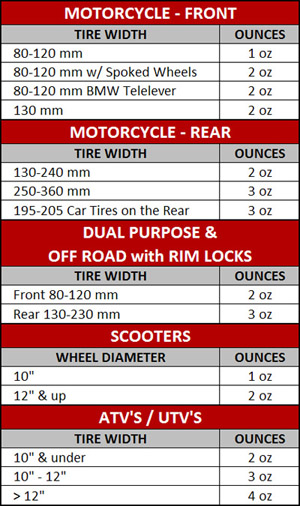
In any case, properly balanced wheels will avoid many problems in the future.
practice tires and wheels
Articles / Interesting 5 reasons to buy and not buy Geely Atlas Impressive and harmonious, solid and spectacular, very comfortable, but somewhat slow, not the most economical, but quite reliable ... All this is Geely Atlas, a car, in its time ... 231 one 0 23.10.2022
Articles / Practice Half a liter, potatoes and mustard to taste: folk recipes for auto chemical substitutes In the current conditions, it is easy to close your eyes and imagine that all foreign manufacturers of auto chemical goods have left Russia for some reason. Well, or just mentally transport yourself to a few ten ... 475 0 one 21.10.2022
Well, or just mentally transport yourself to a few ten ... 475 0 one 21.10.2022
Articles / Electric car Expensive, dangerous and nowhere to charge: 5 main misconceptions that prevent you from buying an electric car Being afraid of something new is normal. Once upon a time, people were afraid of an injector or an automatic transmission, although now these units cannot scare anyone. Pretty much the same... 2312 9 one 21.10.2022
Test drives / Test drive Haval Dargo vs Mitsubishi Outlander: the dog is barking, the stranger is coming In the Haval dealership in the south of Moscow, life is in full swing: buyers look at cars, communicate with managers and sign some papers.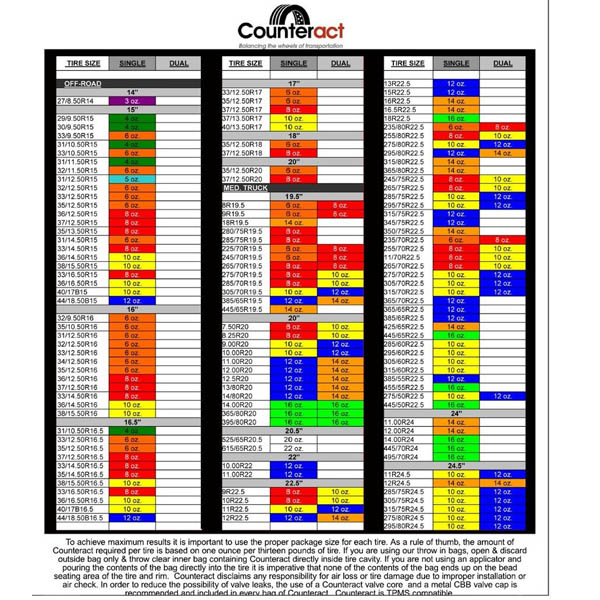 While I was waiting for the test Dargo, the same cross... 14202 7 188 13.09.2022
While I was waiting for the test Dargo, the same cross... 14202 7 188 13.09.2022
Test drives / Test drive Motor from Mercedes, emblem from Renault, assembly from Dacia: test drive of the European Logan 1.0 It would seem that what's new can be told about the second generation Renault Logan, known to every Russian taxi driver, as they say, up and down? However, this car has... 12152 ten 41 08/13/2022
Test drives / Test drive Geely Coolray vs Haval Jolion: Free Cheese? If! Do you want to buy a car today with a full warranty, on credit at an adequate rate, without wild dealer markups? Now this is still a task, because a full-fledged chain of "representation - s.